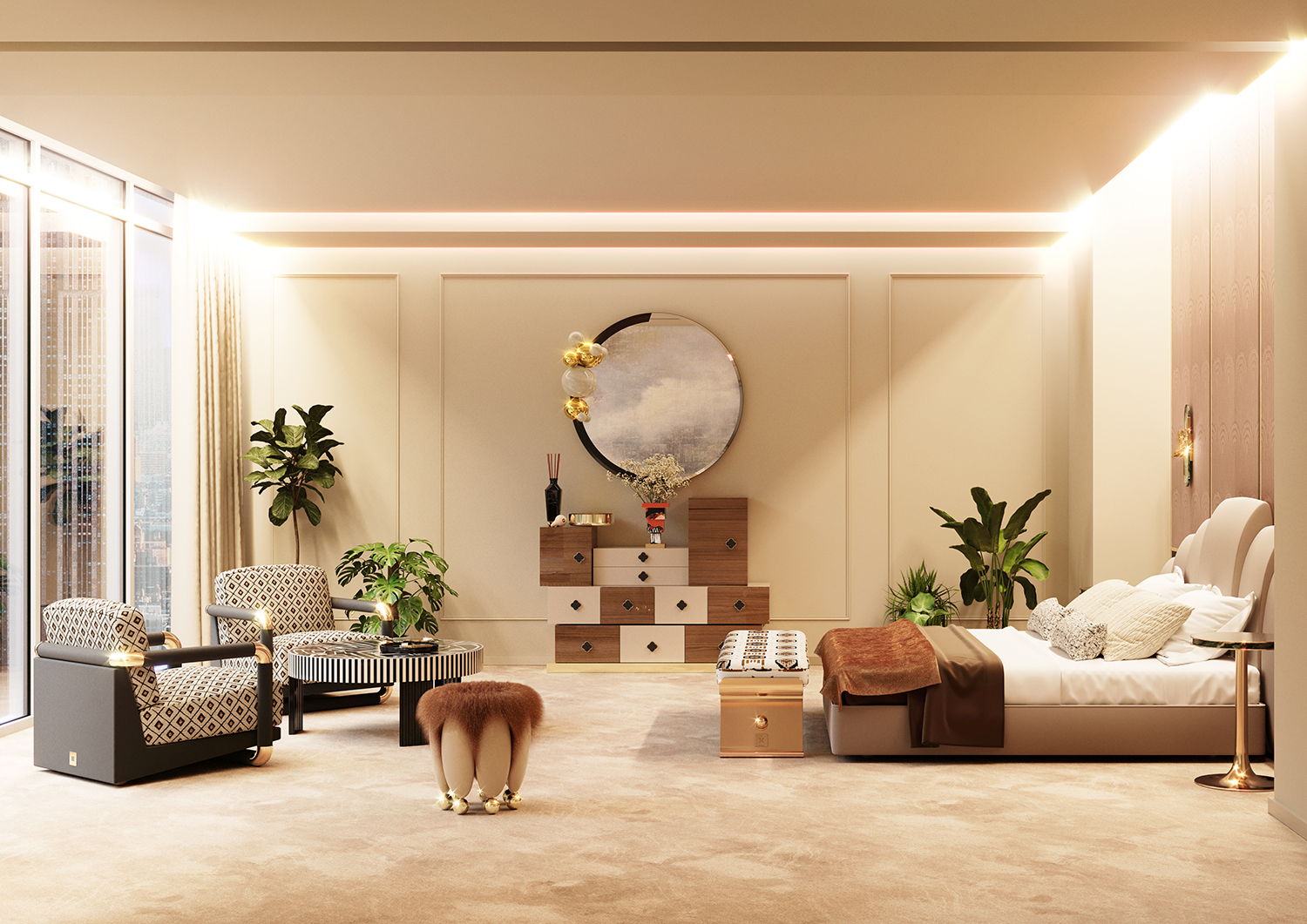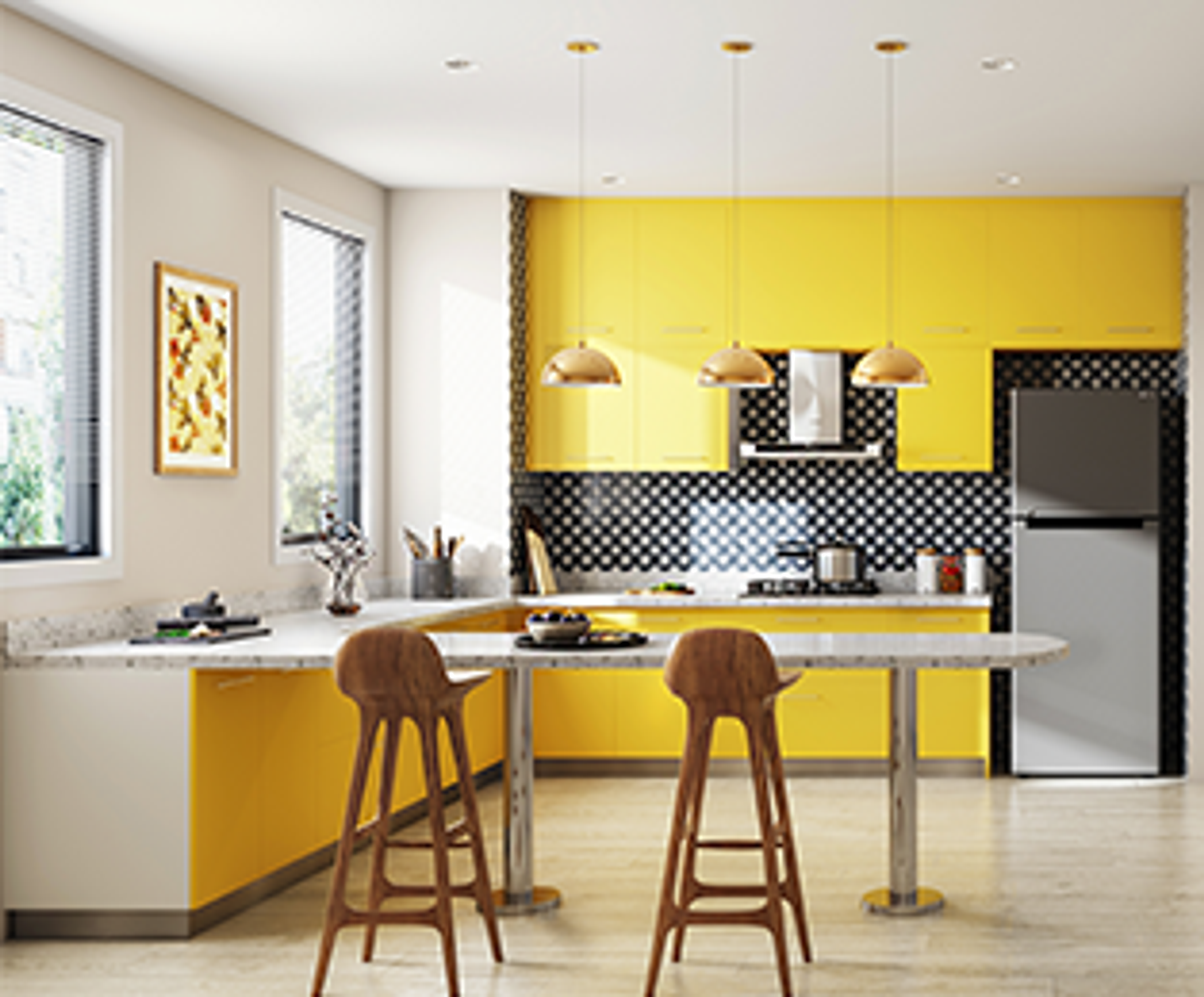Transform Your Home With Necessary Principles of Inside Style and Looks
The art of transforming your home with the vital principles of interior decoration and aesthetic appeal needs a thoughtful method that harmonizes color, balance, and spatial awareness. By comprehending the effect of color concept and the value of structure and patterns, one can produce areas that are not just visually enticing yet also deeply personal. Attaining this equilibrium includes greater than simple decor; it encompasses a strategic plan and an eager understanding of exactly how each aspect engages within a space. As we discover these fundamental ideas, consider how they may redefine your understanding of home and personal expression.
Recognizing Shade Theory
Shade theory is a basic element of interior decoration that dramatically influences mood, understanding, and overall aesthetic. Understanding the principles of shade concept permits developers to develop rooms that reverberate mentally with residents while fulfilling useful demands (Architecture Firm). Colors can be categorized right into three primary types: key, additional, and tertiary. Each group plays an important function in establishing harmony within a room.
The emotional influence of colors is extensive; warm colors such as reds and oranges stimulate energy and warmth, while cool tones like blues and eco-friendlies advertise peace and peace. Additionally, the usage of complementary colors improves visual passion, creating striking contrasts that can boost an area's allure.
Neutral shades, on the other hand, offer as a functional backdrop, permitting various other style aspects to beam. It is important to consider factors such as illumination and the room's objective when choosing a shade palette, as these can modify the understanding of colors throughout the day.
Ultimately, a well-considered color pattern can change an area, cultivating a sense of convenience and style that aligns with the citizens' preferences. Mastery of shade theory is, therefore, an important ability for any indoor designer aiming to develop unified and welcoming atmospheres.
Accomplishing Balance in Style
How can designers achieve a sense of balance in their spaces? Attaining equilibrium in style is fundamental to creating unified insides. Developers can make use of three main sorts of balance: symmetrical, unbalanced, and radial. Symmetrical balance includes setting up components evenly around a main point, promoting a feeling of order and peace. This kind typically includes pairs of furniture or art work, boosting visual security.
Asymmetrical balance, on the various other hand, depends on differing elements that still achieve a natural look. This approach enables more vibrant and casual setups, giving passion while maintaining equilibrium. By very carefully selecting varying dimensions, colors, and structures, designers can create a visually compelling space that really feels well balanced yet energised.
Radial balance stresses a main prime focus with aspects radiating exterior. This design is commonly seen in round designs, where furniture and decor create a natural border that draws the eye inward.
Eventually, accomplishing balance needs thoughtful consideration of scale, proportion, and the relationships in between aspects. Architecture Firm. By masterfully applying these equilibrium principles, designers can change areas right into atmospheres that really feel both aesthetically pleasing and functionally harmonious, boosting the total experience for owners
Importance of Spatial Awareness

A keen feeling of spatial understanding allows developers to determine centerpieces within an area, directing the use this link visitor's attention to crucial functions while maintaining a total feeling of unity. It additionally aids in the calculated placement of illumination, which can significantly influence the assumption of room and state of mind. Moreover, understanding spatial advice partnerships makes it possible for the designer to accommodate the certain requirements of inhabitants, making certain that each location offers its intended objective without compromising visual appeals.
Inevitably, spatial recognition is important for making best use of the potential of any kind of indoor area. By thoroughly taking into consideration the interplay in between dimensions, layout, and function, designers can produce settings that not only satisfy sensible requirements however also stimulate a feeling of convenience and beauty, boosting the total living experience.
Including Texture and Patterns
Embracing a varied array of structures and patterns can significantly improve the visual and tactile charm of an indoor area. The calculated use of various products-- such as timber, steel, material, and stone-- creates deepness and rate of interest, making a space feel more inviting and vibrant. Incorporating smooth surface areas with harsh structures can develop an equilibrium that draws the eye and engages the detects.
When including patterns, think about both range and repetition. Large patterns can work as centerpieces, while smaller, refined designs can complement other elements without overwhelming the room. Layering patterns, such as pairing flower pillows with striped throws, includes intricacy and a feeling of consistency if executed attentively.
It is additionally critical to preserve a natural shade combination, making sure that appearances and patterns interact rather than compete for focus. By selecting a few essential textures and patterns, you can produce a combined aesthetic that reflects your personal design while boosting the general atmosphere of the room. Ultimately, the cautious consolidation of these elements can transform a mundane room into an advanced environment you can check here rich with character and heat.
Individualizing Your Area
Creating a space that reflects your character is important to accomplishing an absolutely welcoming atmosphere. Customization in interior decoration permits you to infuse your one-of-a-kind design and passions into your home, transforming it from a plain shelter right into a haven that speaks with that you are. Begin by picking a color palette that resonates with your feelings-- vibrant shades can energize, while soft tones supply harmony.
Integrate art work and decor that mirror your passions, whether it be travel, nature, or abstract principles. Presenting individual collections, such as publications, photos, or keepsakes, can stimulate valued memories and produce focal factors within a space. In addition, think about customizing useful items, like upholstered furnishings, to align with your aesthetic choices.

Conclusion
Finally, the transformation of a home with the important principles of interior style and aesthetic appeal demands a thorough understanding of color concept, balance, spatial understanding, texture, and customization. Each aspect contributes dramatically to producing a harmonious and practical living atmosphere - luxury interior design. By attentively incorporating these concepts, people can enhance the aesthetic appeal and psychological vibration of their rooms, ultimately fostering a home that shows special identities while giving convenience and functionality